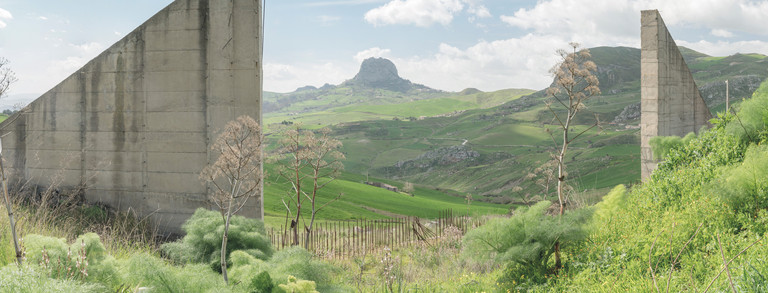
You are here:

Peter Wilson recently received an honorary doctorate from the University of Melbourne, where he studied for three years before running away. At London’s AA he was the first ever teaching assistant to Rem Koolhaas and for a number of years a Diploma Unit Master. As partner in architecture office BOLLES+WILSON he has also been visiting Professor in Mendresio and is currently running a digital studio in Venice for the University of Melbourne.

PUBLIC SPACE – ‘Sitte’ Specific
It has become a habit for architects to lament the disappearance of Public Space, I blame Richard Sennett’s ‘Fall of Public Man’ for this regrettable fashion. I have not read the Sennett book but I have read his ‘Flesh and Stone’. There the Greek Agora, the Medieval City and Paris Boulevards are seen as high points in the historic evolution of public space. But we must bear in mind that the Agora was gender biased (women and slaves had no voice), the labyrinthine alleys of the medieval city were dangerous (with the constant threat of having a bucket of shit poured on ones head). And Haussmann pulled down thousands of houses so that the ‘Flaneur Dandy’ could mince down his straight Boulevards. Today’s malaise may be because we spend so much time in front of our incandescent screens that we have no time to be in public, or even perhaps as is often argued being online is a new mode of being in public. Today the city has evolved as the backdrop for the rituals of consumerism – urban lifestyle as branding. The critic Martina Löw even speculates about the Sexualising of Public Spaces – a traffic in seductive and selective images, a perpetuation of clichés. Or at the opposite end of the spectrum Marc Augé laments the demise of authenticity and the ubiquity of ‘Non-Spaces’. But do not such spaces also demand a new mode of being in public, a new aesthetic (I am thinking of Brian Eno’s Music for Airports). My lecture will attempt to sidestep these grim narratives and show examples from the practice of BOLLES+WILSON – in Germany, Italy and Albania - that gives me hope that public space is still a plausible hypothesis. It may even touch on Urban Gardening with the tip (as we are in Rome) to explore the excellent Zappata Romana Hortus Urbis.
